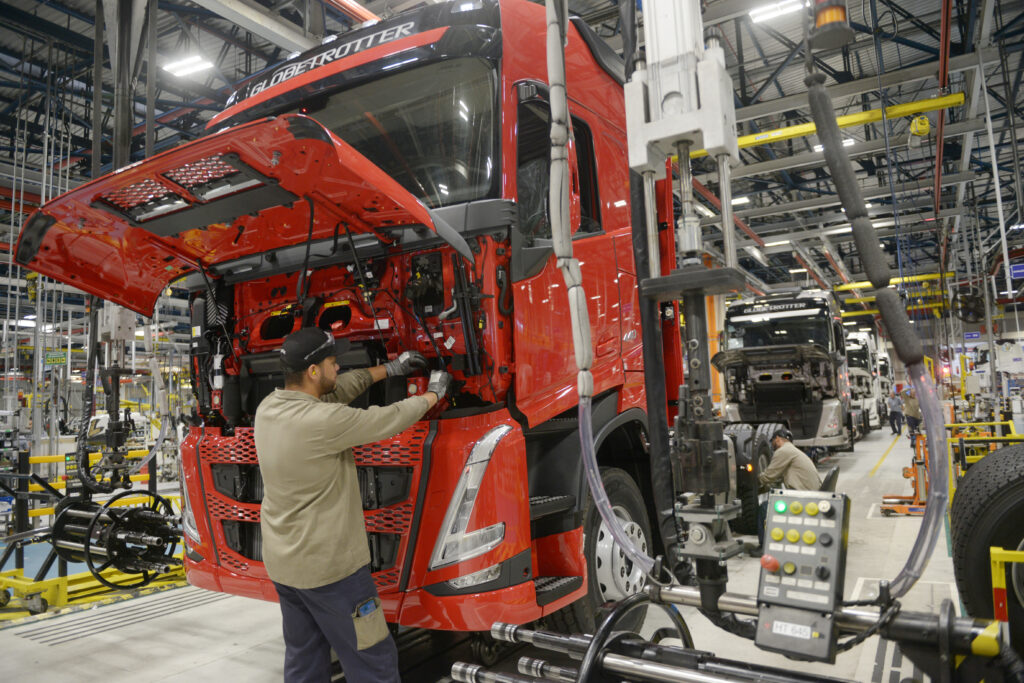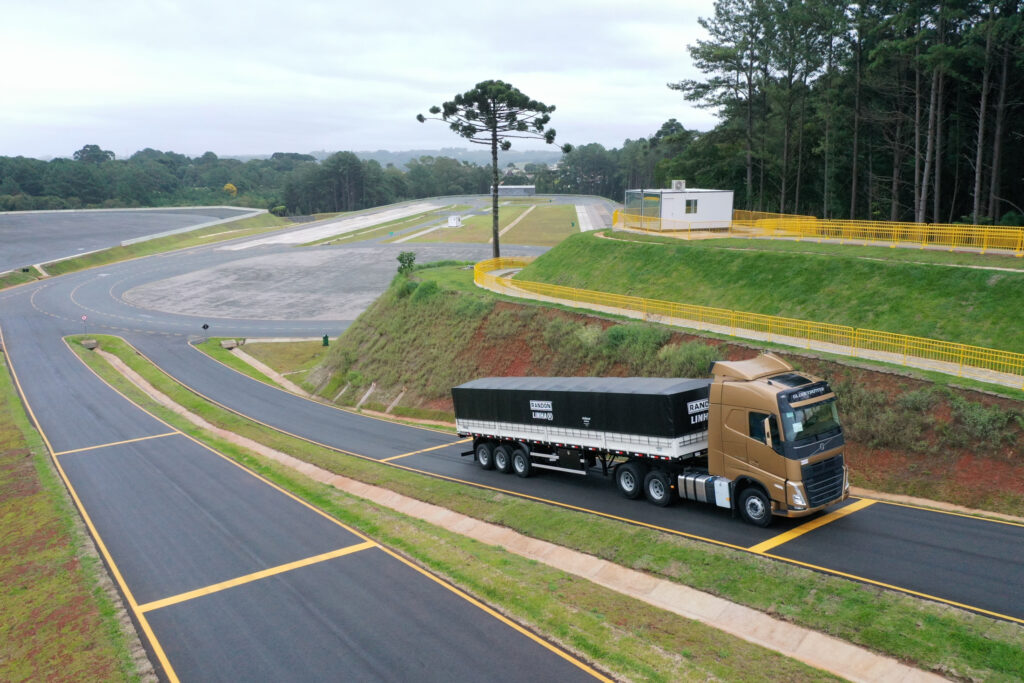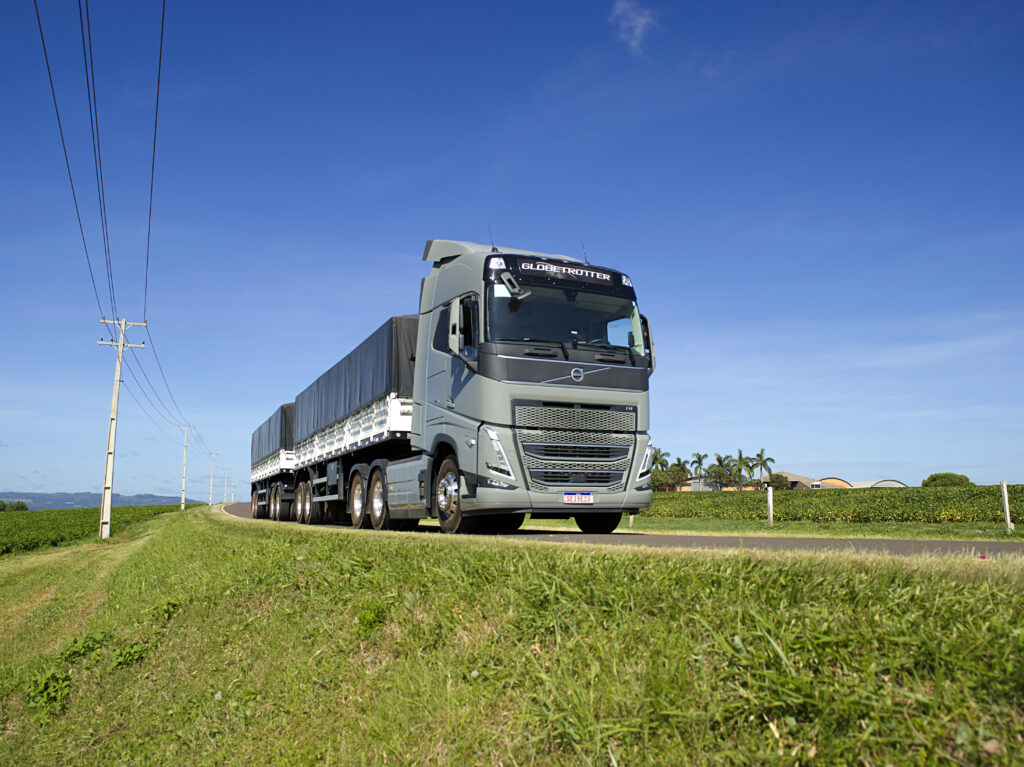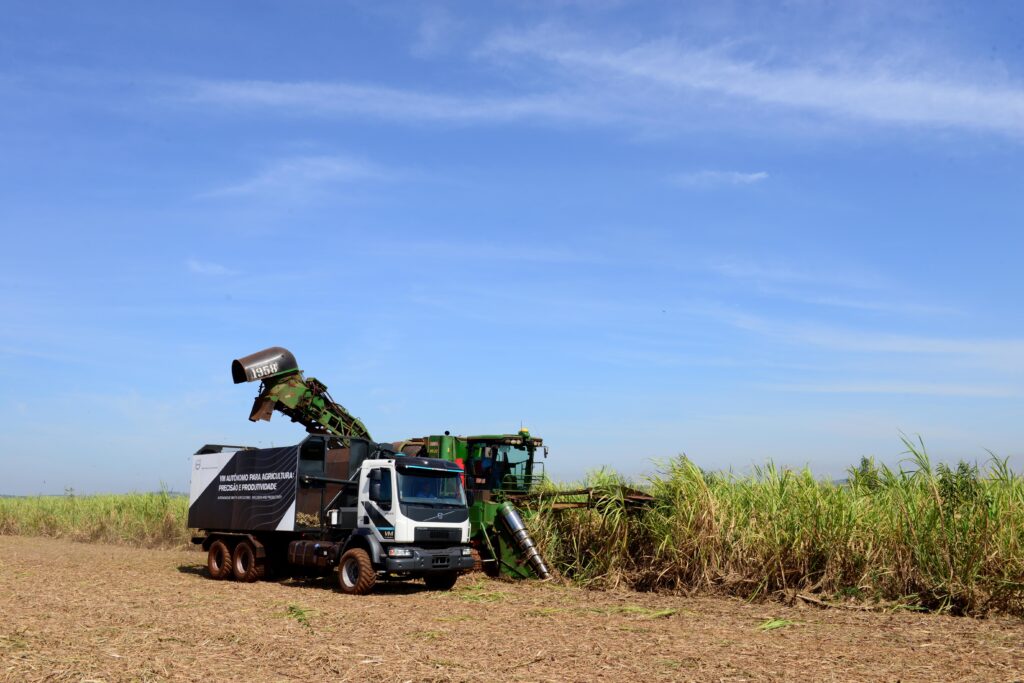Subsidiary of one of the world’s largest commercial vehicle OEMs, Volvo do Brasil has a track record marked by the development of innovative solutions in the passenger and cargo transportation sector in the country. Curitiba, the city chosen by OEM to be the location of its operations on the continent was an important partner from the very beginning. It was from a joint Project between plant engineering and the City Hall technicians that resulted in the world’s first biarticulated bus, delivering one more important step in the BRT (Bus Rapid Transit) concept, the organized system of urban public transport present today in many parts of the globe.

Local engineers created a larger chassis, which would be a major contributor to improving traffic mobility and the quality of life of the population. The increased efficiency of the system occurred by increasing the passenger transport capacity and the average speed of the buses. And the innovations never stopped in the following decades.
From the truck assembly lines, cutting edge vehicles come to light. Volvo was a pioneer in Brazilian cargo transport in the introduction of safety devices, such as cabs equipped with survival cells and many other active safety technologies. It was the first manufacturer to launch ESP, an electronic stability program, which reduced to a minimum the possibility of skidding and overturning in tight corners.

Connectivity
Another advance was the I-Shift transmission, Volvo’s innovative gearbox, responsible for a major change in transport behavior, in 2003. By launching the I-Shift, Volvo ratified its belief in an efficient gearshift transmission and became the first OEM to adapt this system in long-distance transport applications. Most trucks are also equipped with pre-mapped I-See, connectivity technology that identifies the road topography in advance and automatically chooses the best gear sequences.

Electromobility
Even before the outbreak of electromobility locally, Volvo surprised the market with the first hybrid bus in the country, manufactured in the capital of Paraná. Powered by an electric motor and a diesel engine, they still run in the city today. Another first was the bus with automatic speed control, a device that uses GPS to automatically reduce the speed of vehicles in critical hazard areas or near schools and hospitals. In the year of implementation, the technology made an important contribution to the 50% reduction in collisions on the North axis of the Curitiba BRT.

Autonomous
Volvo also created the first truck with autonomous technology in Brazil. Developed by Brazilian engineers in partnership with engineering in Sweden, it was intended for the sugar and alcohol segment, one of the most important in Brazilian agribusiness.
Innovation and digitalization are ongoing at Volvo and bring innovations and improvements in both, administrative and factory processes. From the time the first robots began to be part of everyday factory life to date, evolution has been a constant. Continuous improvement in processes is a routine. The progress of the so-called Industry 4.0 intensifies the presence of artificial intelligence on the factory floor. Autonomous vehicles are used in the internal parts transport, and the use of drones speeds up the recognition and inventory of parts.
The Curitiba manufacturing unit is always creating new solutions. For example, each year more than 50 thousand ideas are implemented in the production area. These contribute to continuous improvements in manufacturing. The use of virtual reality, 3D printing in production, among others, are examples of the relevance that the company gives to innovation in its processes.

















